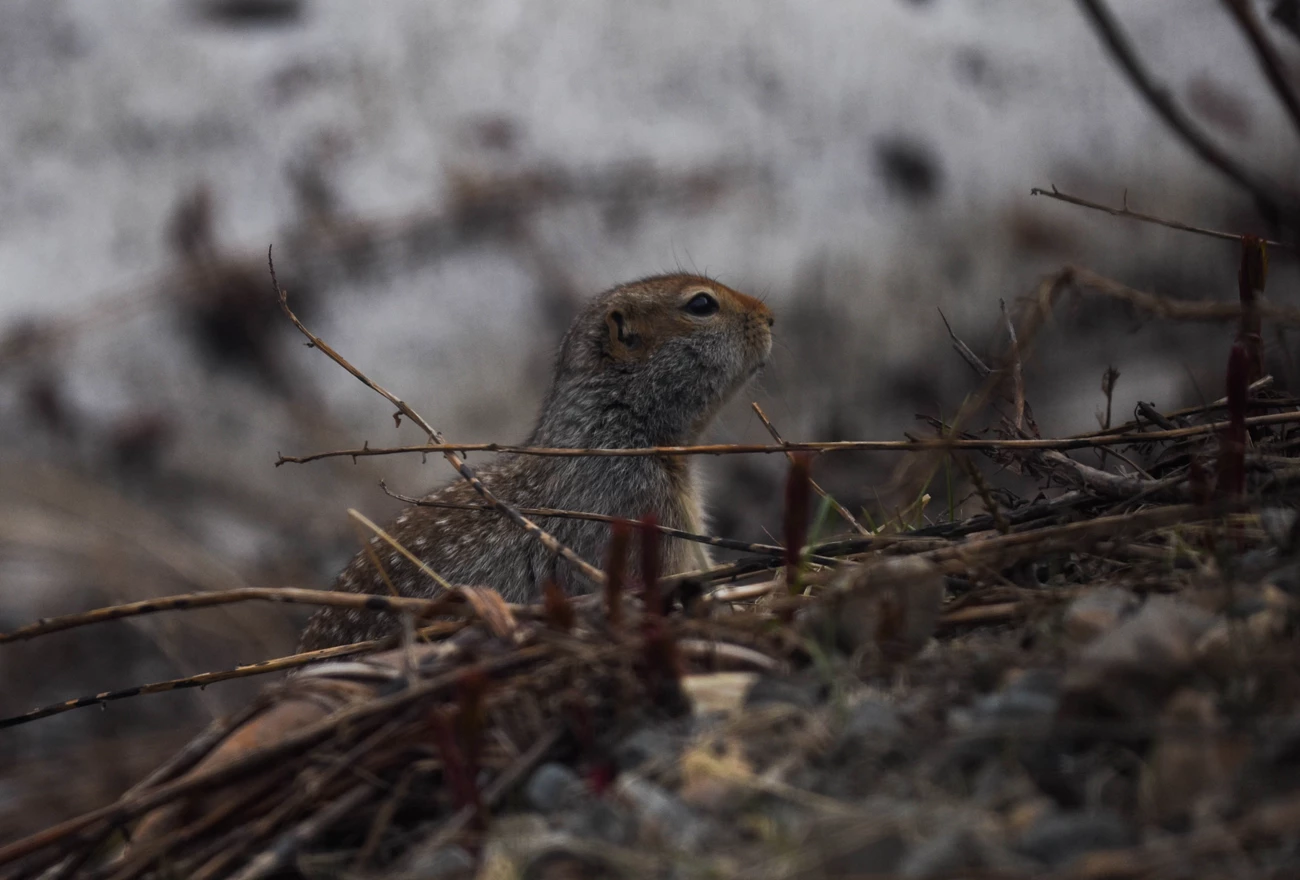Last updated: April 5, 2019
Article
The sky’s awake ...let’s go for a hike

NPS photo / Emily Ogden
Night Hiking Safety
Imagine you could hear ice melting, or smell the different types of trees. At night and in low light conditions, your senses can become heightened to a point where you can do exactly that. More and more park visitors want to experience national parks at night, and we’d like to remind everyone of the wonderful night sky and the hard-working people who protect it.
From March 31 to April 7, join us to celebrate International Dark Sky Week. Consider going on a night hike or another event in the national parks. Just remember to check the park and trail hours to be sure night time visitors are allowed.
We want to help everyone stay safe when taking a night hike or doing another night activity. Bob Meadows is an NPS scientist who studies night skies, and he helped us put together some tips and tricks to use alongside daytime hiking safety tips.
How to see your feet and the stars
Remember it takes your night vision at least 30 minutes to fully adjust. If you have one, a red light flashlight or headlamp will preserve your night vision. That'll keep you safer, make it easier to enjoy the night sky, and allow you to see details while your eyes adjust. You should always bring a headlamp or flashlight with you for emergency situations, but try to use them only when necessary. If you turn on your regular, white light - even for a second - it will take another 30 minutes for your eyes to correct your night vision. When you’re getting ready for your night hike, remember conditions are going to be different than a daytime excursion. Night time temperatures can be cooler than during the day, and you’re less likely to see weather moving into the area. Bring warm clothes and layers with you to reduce exposure.

World War II Memorial at the National Mall & Memorial Parks
NPS photo / Victoria Stauffenberg
Seriously, practice makes perfect
Don’t let your night hike be the first time you visit a trail. Before you start, familiarize yourself with the route and the terrain during the daytime. That includes footing, the steepness of different sections, and any water crossings. Also try to be aware of who else uses the trails, such as cyclists, joggers, hunters, and other recreators.
Even without the moon, ambient light from the Milky Way and planets can light the landscape and cast shadows. Before you begin your night hiking adventures, find a familiar place and walk around there at night to get used to walking in darkness without a flashlight. The more time you spend outside with no lights in the weeks before you start night hiking, the more comfortable you’ll be.
Everybody needs a buddy
In natural areas and national parks, you’re sharing the space with wildlife like raccoons, mice, owls, squirrels, bats, and deer. There’s also a small chance you could see larger animals like elk, mountain lions, coyotes, and bears. More than half of all wildlife species are active at night, but most animals tend to avoid humans. While wildlife can sometimes be dangerous if angered, if you follow the guidelines provided by the NPS they’re usually not a concern. However, there are some locations where you need to be more careful. Your local national park will have information about the wildlife in the area you’re visiting. Having one or more other hikers with you and making some noise will help you and the animals we share these areas with to stay safe.As you and your friends enjoy your night hike, think about how different the night sky looks at home. You’ll probably see millions more stars than you do from your backyard. The National Park Service uses science-based stewardship to protect and restore night skies. One thing that National Park Service scientists do is measure lightscapes. For more information on the work the National Park Service does, visit our night skies website.

Denali National Park & Preserve
NPS Photo / Mary Lewandowski
